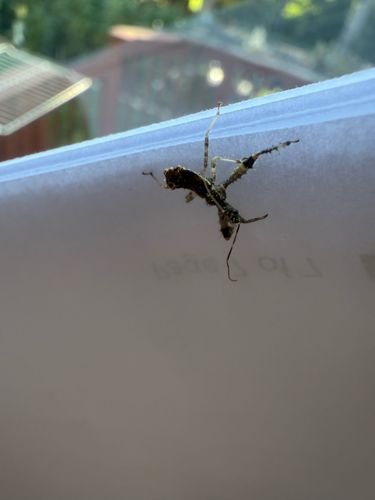Stick Insect / Walking Stick
Scientific Name: Various species within Phasmatodea (e.g., Phasma, Extatosoma, Diapheromera)
Order & Family: Order: Phasmatodea, Family: Phasmatidae (or other families within Phasmatodea, as it's a diverse order)
Size: Highly variable depending on the species; can range from less than 1 inch (2.5 cm) to over 24 inches (60 cm) for the longest species, making them among the longest insects in the world.

Natural Habitat
Found in various terrestrial habitats worldwide, especially in tropical and subtropical regions. They inhabit shrubs, trees, and other vegetation where they can blend in with their environment.
Diet & Feeding
Herbivorous, feeding on the leaves of various plants. Their specific diet depends on the species, but commonly includes leaves from oaks, roses, brambles, and other broadleaf plants.
Behavior Patterns
Stick insects are masters of camouflage, remaining motionless for long periods to blend in with their surroundings. They are primarily nocturnal, moving and feeding during the night. When disturbed, they may sway to mimic leaves in the wind or drop to the ground. Some species can even feign death. They reproduce sexually, but some species are parthenogenetic (females can reproduce without males).
Risks & Benefits
Generally harmless to humans. They are not known to bite or sting. Ecologically, they play a role as primary consumers in their ecosystems. Some species are popular as pets due to their unique appearance and relatively easy care. In some agricultural settings, large populations could potentially cause minor defoliation, but this is rare and not a significant pest issue.
Identified on: 8/10/2025